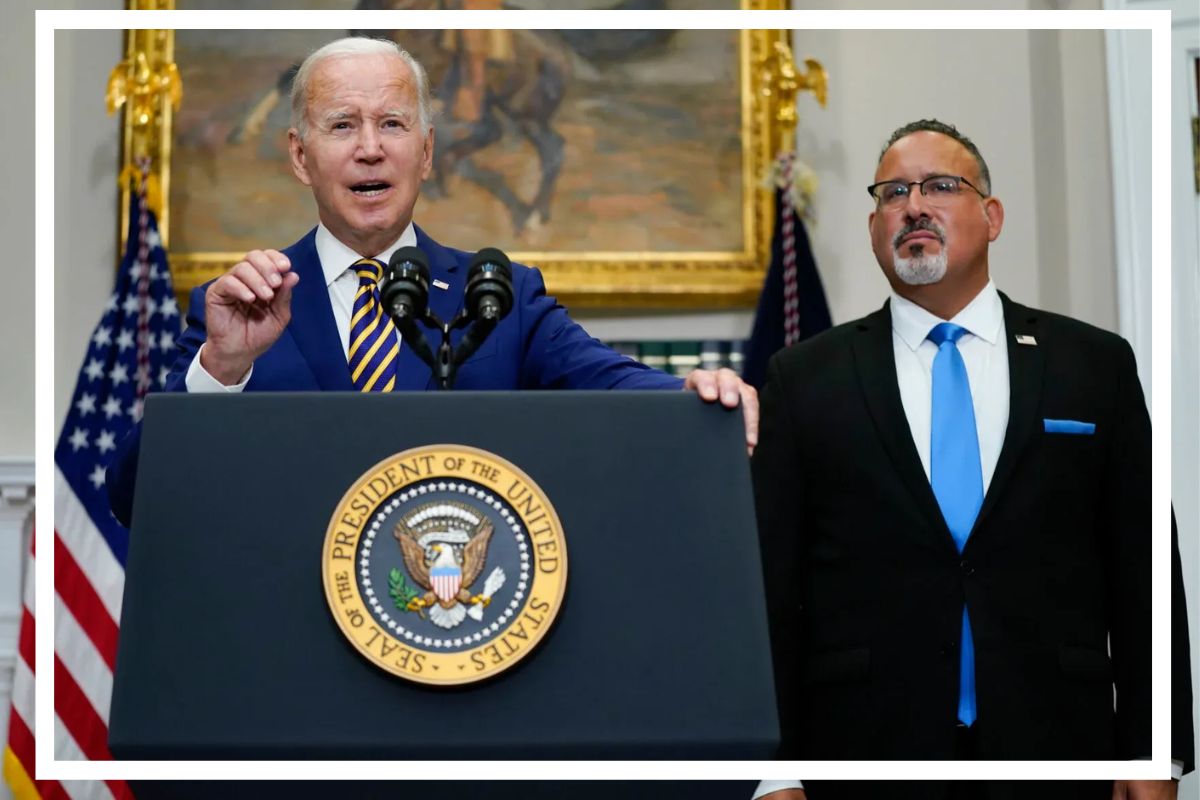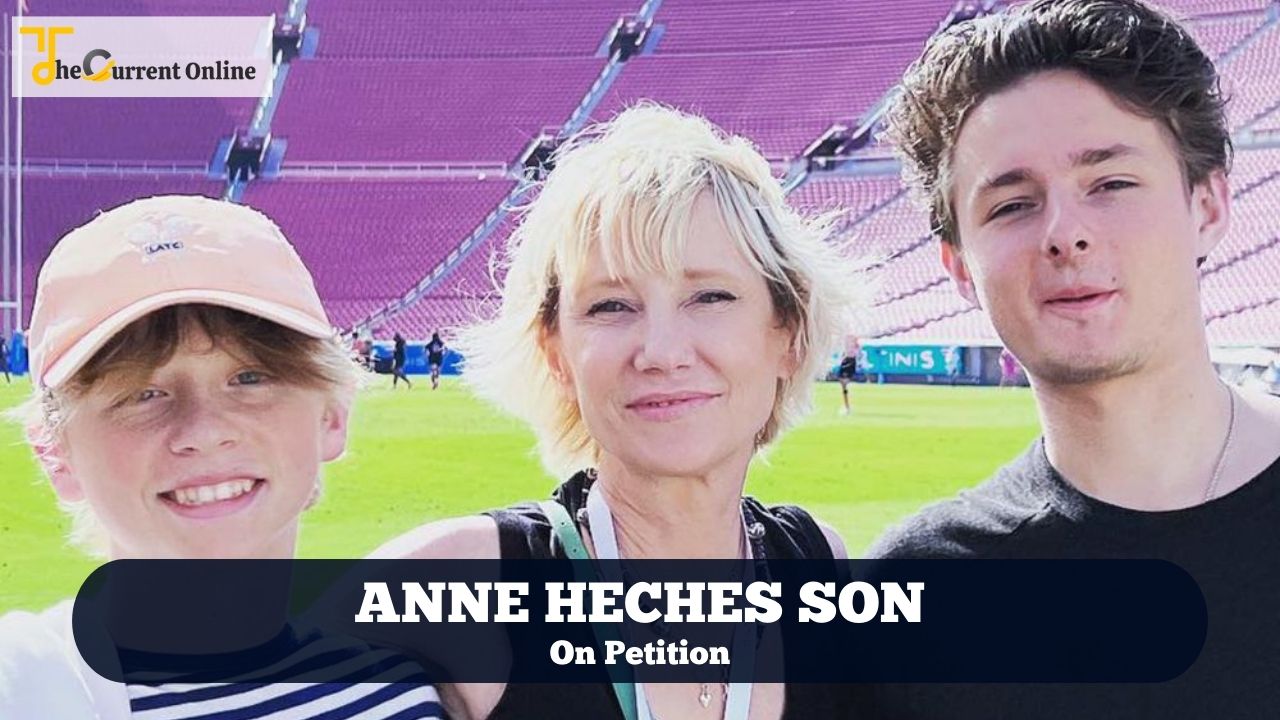On Wednesday, President Joe Biden unveiled specific plans to fulfil a campaign pledge to cancel $10,000 in student debt for millions of Americans — and up to an additional $10,000 for those in the greatest need of assistance — as well as steps to lighten the burden of repaying their remaining federal student debt.
According to Biden, borrowers who make less than $125,000 annually or families who make less than $250,000 annually will be qualified for the $10,000 loan forgiveness. The federal government would forgive up to an additional $10,000 in federal loan debt for those who also get Pell Grants, which are given to undergraduates with the greatest financial need.
In remarks at the White House on Wednesday afternoon,e targeted steps are for families who need it most: working and middle-class Americans impacted most hard during the pandemic.”
View Biden’s comments in the player up top.
Additionally, through the end of 2022, Biden is deferring all federal student loan payments for what he called the “final time.”
In the lead-up to this fall’s midterm elections, if his strategy is successful in withstanding the legal challenges that are almost expected to follow, it might provide a windfall to many. According to federal figures, there are more than 43 million persons with federal student debt, with an average load of $37,667. About half of borrowers have debts of under $20,000, and about a third have debts of under $10,000. According to the White House, 20 million people would have their federal student debt forgiven as a result of Biden’s announcement.
20 million people can now move on with their lives, according to Biden. All of this implies that people can finally begin to emerge from under their debt mountain. to pay their rent and utilities on time. to finally consider starting a family, a business, or purchasing a home.
Black students are more likely to borrow federal student loans than other students, and they tend to owe larger sums of money as well, according to supporters of cancellation. Black borrowers owe, on average, roughly $25,000 more than their white counterparts four years after receiving bachelor’s degrees, according to Brookings Institution research.
My plan to address student loan debt is responsible, fair, and focuses the benefit on middle-class and working families. pic.twitter.com/IVp95AfuYW
— Joe Biden (@JoeBiden) August 25, 2022
Liberals have put on to extend aid to more troubled borrowers, while Republicans have questioned the fairness of such extensive forgiveness.
The White House made it clear that no one with an income in the top 5% would receive debt forgiveness.
But senior Republicans resisted being convinced.
President Biden’s inflation is hurting working families, and his response is to send even more government money to elites with bigger salaries, according to Senate GOP leader Mitch McConnell. Democrats are blatantly attempting to buy themselves some support from their political base by utilising the money of working Americans.
In fact, a number of Democrats, including congressional leaders and those up for difficult reelection this November, have pushed the administration to be as inclusive as possible in its debt relief efforts because they view it as a motivating factor for voters in general, especially Black and young voters.
Just days before millions of Americans learn when their upcoming student loan bills are due, the pandemic-era payment moratorium has been extended. The current hiatus will conclude on August 31.
In order for eligible borrowers to apply for debt relief, the administration stated that the Education Department would issue the material in the upcoming weeks. If the government has access to a person’s income information, cancellation for some will be automatic; however, for others, a form will need to be filled out.
Only current students whose loans originated before July 1, 2022, would be qualified for remission. Additionally, Biden suggests reducing the monthly repayment obligation for undergraduate loans from the current 10 per cent to a maximum of 5 per cent of income. The Education Department is required to publish a proposed rule to that effect, which would also pay the accumulated interest for borrowers who make their payments on time, even if they are $0 due to low earnings.
As part of the Biden administration’s plan, the income threshold for repayments would be raised, so that no one making less than 225 per cent of the federal poverty line would be required to make monthly payments.
The $32 billion in targeted student debt forgiveness that his administration has implemented for specific borrower groups is the foundation of Biden’s strategy. Many of those funds were distributed to borrowers who claim that for-profit institutions deceived them.
The administration has also temporarily loosened the requirements for the Public Service Loan Forgiveness programme, a complicated initiative that enables teachers, social workers, and other public employees to have their college debt forgiven after ten years of regular payments.
Sen. Elizabeth Warren and Senate Majority Leader Chuck Schumer released a statement together on Wednesday that read, “The positive impacts of this move will be felt by families across the country, particularly in minority communities, and is the single most effective action that the President can take on his own to help working families and the economy.”
The head of the House Progressive Caucus, Rep. Pramila Jayapal, tweeted: “This will bring genuine relief to 43 million people and is a MASSIVE step in the right direction.”
The Higher Education Relief Opportunities for Students Act grants the Education secretary the “power to decrease or remove the requirement to repay the principal balance of federal student loan debt,” according to a legal opinion published by the Justice Department. The legal judgement also came to the conclusion that, in reaction to the coronavirus epidemic, the debit could be applied “class-wide.”
But lawsuits are still possible.
As he competed with more progressive candidates for the Democratic nomination in the 2020 presidential race, Biden was originally dubious of student loan debt elimination. Senators Warren (D-Mass.) and Sanders (I-Vt.) had suggested cancellations of at least $50,000.
Biden revealed his initial plan for debt cancellation of $10,000 per borrower, with no mention of an income cap, as he attempted to bolster support among younger voters and get ready for a general election fight against President Donald Trump.
In recent months, as surging inflation took a political toll and he sought to fend off political criticism that the cancellation would favour people with higher take-home pay, Biden limited his campaign commitment by supporting the income restriction.
While student loans did not top the list of issues that most concerned people in that age group, a survey of 18 to 29-year-olds conducted by the Harvard Institute of Politics in March found that 59 per cent of those surveyed supported debt cancellation of some sort, whether for all borrowers or those most in need.
Republicans criticised the administration for “selling out working families” to please the progressive half of the party in their immediate response to Biden’s decision on student loan relief on Wednesday.
Sen. John Barrasso, chair of the Senate Republican Conference, said in a statement that “today’s news is an insult to every American who played by the rules and worked hard to responsibly pay off their own debt.”
Federal loan servicers, who had been told to withhold billing statements while Biden considered his options, are now complaining about his protracted deliberations.
According to Scott Buchanan, executive director of the Student Loan Servicing Alliance, industry groups had complained that the delayed decision had given them only a few days to notify borrowers, retrain customer service representatives, and update websites and digital payment systems.
It raises the possibility that some borrowers will unintentionally learn they must make payments, he added.
At this point, he thought that was the danger we were taking. With 35 million borrowers who have various loan types and statuses, it is impossible to act quickly.
Read More:
- Biden claims that a Russian invasion of Ukraine would have a negative impact on the United States of America
- Ukraine And Russia Trade Blame For Nuclear Plant Shelling Amid Worldwide Panic
FAQs
Are graduate student loans forgiven?
Is it possible to forgive graduate student loans? Yes. Graduate student loans are now eligible for debt forgiveness of up to $10,000 under the new policy. They are not eligible for the extra $10,000 available to Pell Grant winners.
When are federal student loans forgivable?
Under the proposed new income-driven repayment plan, borrowers with loan balances of $12,000 or less would have their loan sums erased after 10 years of payments rather than the existing 20-year mark.
Is it necessary for me to pay taxes on forgiven student loan debt?
Generally, all debts forgiven are classified as taxable income by the IRS and must be taxed. For example, if you owe a creditor $25,000 and the debt is forgiven, you must include the $25,000 in your taxable income.
Will I be able to get my student loan forgiven after 20 years?
If you haven’t repaid your loan in full after 20 or 25 years, depending on when you obtained your first loans, any outstanding sum will be forgiven. You may be required to pay income tax on any amount forgiven.




